
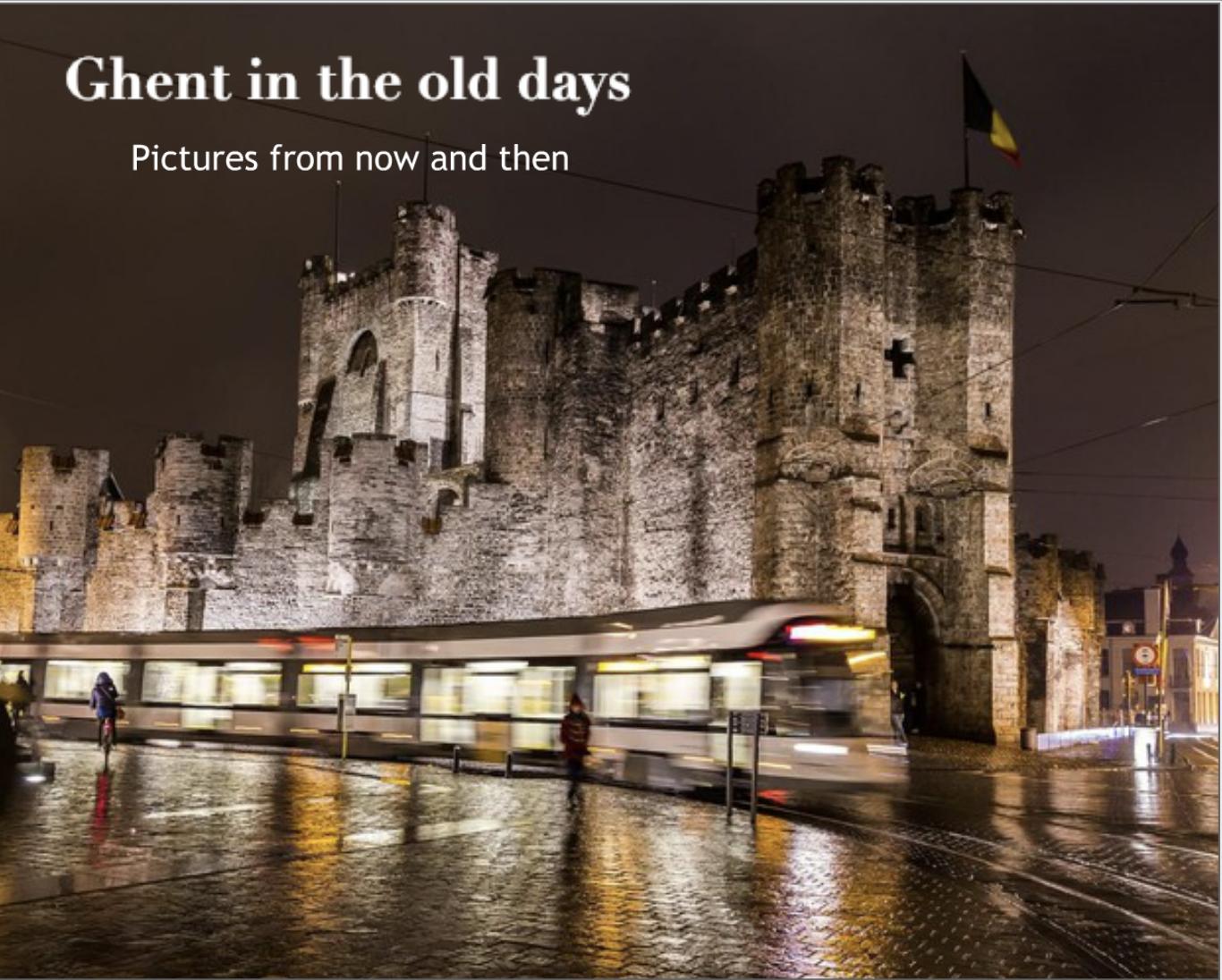
Gepost door The Hide op 12-06-2019
A city never stops evolving. Never stops changing. When you venture out to discover our beautiful Ghent let yourself be amazed by the difference between now and then. The pictures from Ghent in the old days are absolutely amazing.
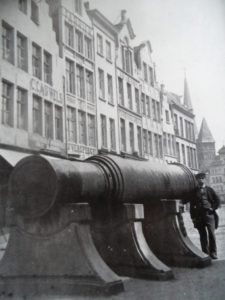
Canon Dulle Griet – 1900
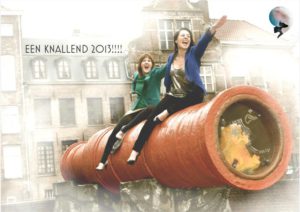
Canon Dulle Griet – 2013 (yup, that’s me sitting in front)
This picture of cannon DULLE GRIET dates from 1900. The cannon was brought to Ghent by the Calvinist city council from Oudenaarde and served to keep the Spaniards away. The Dulle Griet fired heavy stones. It is said that it was never used in Ghent.
____________________________________________________________________
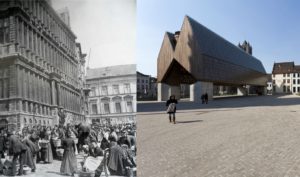
400 years ago – since 1618 – people from the countryside sold butter, eggs and cheese for the town hall. On this photo of the BUTTER
MARKET from around 1900, you can still see a façade row that closes the current Belfortstreet in the direction of Sint-Jacobs.
That street did not exist in Ghent in the old days.
____________________________________________________________________
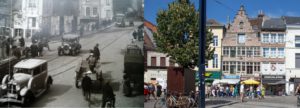
THE VEGETABLE MARKET has been a market place since the Middle Ages: sale of vegetables & fish, meat at the Groot Vleeshuis,
sausages at the sausage market. Even today there is a mini-organic vegetable market every Friday for the city center residents. On the
retro picture you can see the market in 1930. How fun is it to see these beautiful vintage cars and horse and carriages. Ghent in the old
days was absolutely hipster.
____________________________________________________________________
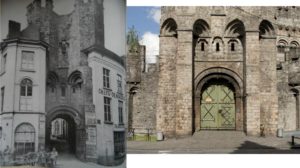
When this photo of THE CASTLE OF COUNTS was taken, in 1870, the flanks of the castle were built with houses. Only the entrance
gate was visible. Private houses were built against the south and east sides and inside the fence. Ghent in the old days didn’t appreciate
her mediaval heritage as she does now.
____________________________________________________________________
Dutch translation / Nederlandstalige versie
Een stad stopt nooit met evolueren. Stopt nooit met veranderen. Wanneer je eropuit trekt om ons mooie Arteveldestad te ontdekken, laat je dan verbazen door het verschil tussen toen en nu.


____________________________________________________________________
Deze foto van kanon de Dulle Griet dateert van 1900. Het kanon werd door het Calvinistisch stadsbestuur van Oudenaarde naar Gent gebracht en diende om de Spanjaarden weg te houden. De Dulle Griet vuurde zware stenen af. Naar verluidt is het nooit in Gent ingezet. Lees op deze blog: Stropkes slachtoffer van sabelslijpers en pilaarbijters
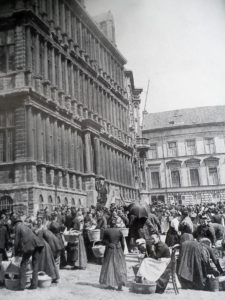
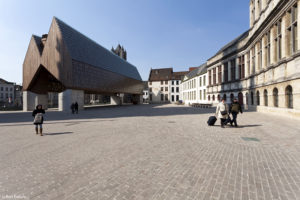
____________________________________________________________________
400 jaar geleden – sinds 1618 – verkochten “mensen van den buiten” boter, eieren en kaas voor het stadhuis. Op deze foto van rond 1900, zie je nog een gevelrij die de huidige Belfortstraat in de richting van Sint-Jacobs afsluit. Die straat bestond toen niet.
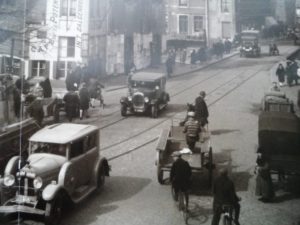
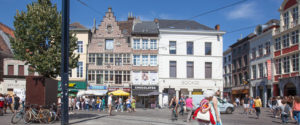
____________________________________________________________________
De groentenmarkt is sinds de middeleeuwen een marktplek geweest: verkoop van groenten & vis, vlees in het overdekte Groot Vleeshuis, pensen op de pensmarkt. Ook vandaag is er nog iedere vrijdag een mini-bio-groentenmarkt voor de centrumbewoners. Op de foto zie je de markt in 1930. Lees meer op deze blog: De groeten van de Groentenmarkt & de Pensmarkt en “Blijf kwik, eet vis”… van de Oude Vismijn!
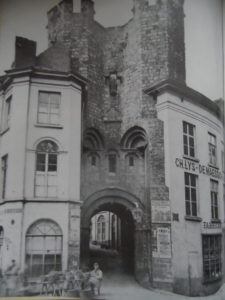

____________________________________________________________________
Toen deze foto van het Gravensteen genomen werd, in 1870, waren de flanken van de burcht aangebouwd met huizen. De ‘zonevreemde’ bebouwing liet nog net de toegangspoort vrij. Particuliere huizen werden tegen de zuid- en oostzijden én binnen de omheining gebouwd. Lees meer op deze blog: Van Gravensteen naar Prinsenhof
The Hide
11 juni 2019